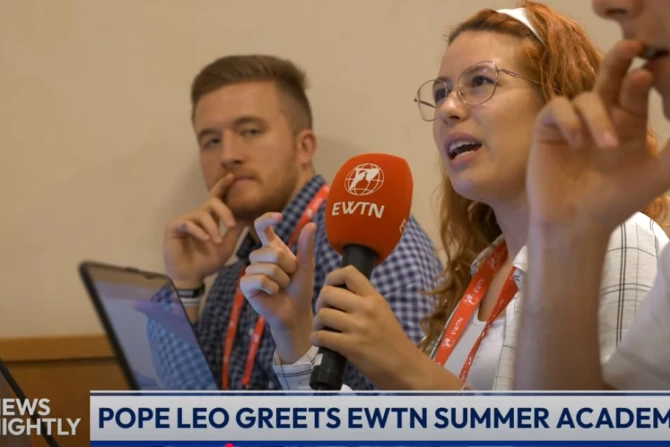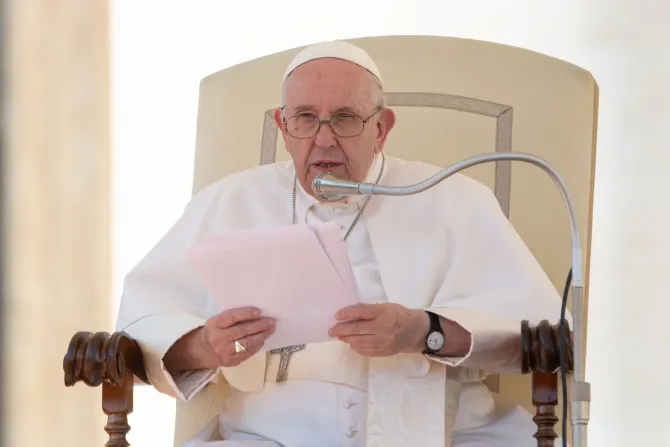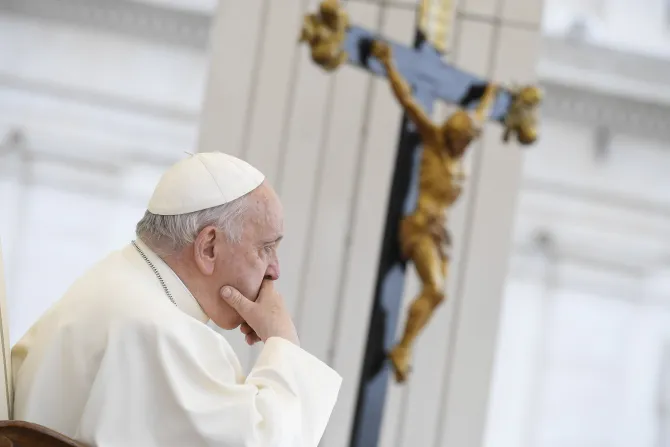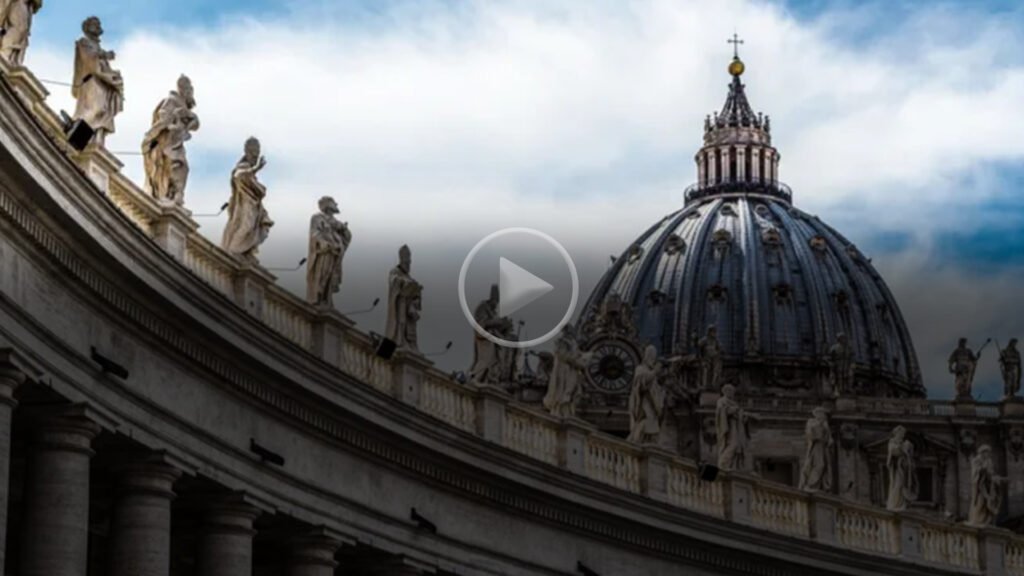The Church has welcomed a new Doctor of the Church. On November 1st, Pope Leo XIV declared St John Henry Newman the 38th Doctor of the Church.
There were several locations around the Eternal City that played a crucial role in Newman’s faith journey. Rome’s International Center of Newman friends celebrated 50 years of their institute and on the day of this anniversary. Fr. Hermann Geissler led over 60 pilgrims in this year’s Newman Walk.
Since his canonization in 2019, this pilgrimage has aimed to explore these places and help connect people with the Saint on a more personal level.
Fr. Geissler explained:
“We thought it might be nice to do something to make Newman known also to simple faithful, not only to scholars and to professors. So we had the idea to look to the places that are somehow linked with John Henry Newman here in Rome.
“He made the experience of the church universal, because still now in England, he had known a national church. But here in Rome, he was together with seminarians from Asia, from Africa, from America, and he experienced really the Catholic Church as Catholic, and it had a great impact on him. It helped him to experience the Catholic Church and to find joy and home in the Catholic Church.
“And we tried to make out of that Newman Walk, which you can do on foot in three or four hours, visiting these places and telling a bit the story of Newman.”
The walk is narrowed down to nine locations, starting at the college of Propaganda Fide where Newman spent a significant time preparing for the priesthood . All nine stops are in one way or another a reflection of how Newman formed his greatest contributions to the Church
“John Newman, of course, is a giant,” Fr. Geissler added, “and he contributed in many ways to the renewal of the doctrine of the church. His theology is very much influenced and made alive through scripture and the fathers of the church. So he helped to renew theology parting from scripture and the fathers.”
One of the stops is the Basilica of Sant ‘Andrea delle Fratte. A church known for a Marian apparition that took place in 1842. In England, Newman already believed he was under the protection of the Blessed Mother, so when he realized that the church was just outside his window during his stay at Propaganda Fide, he took it as a sign of God’s loving providence.
“He wrote that in Propaganda Fide, he was really very happy. He said in one of his letters, I was happy in little more, happier even than in Maryvale after a conversion, but most happy I’m here in Propaganda Fide,” related Fr. Geissler.
Many of the Newman Walk participants were anticipating this pilgrimage for some time as his figure is someone they have looked up to and have been drawing daily inspiration from.
Fr. John Paul York, a Missionary of the St John Society, shared, “We consider him our intellectual father. But also, he inspires us a lot in our life of prayer. His sermons accompany us a lot. And then for me as a convert to the Catholic Church, getting to know his ideas has been something very influential for me.”
Felipe, a seminarian of the St John Society, added, “This was something I always wanted to do because I am very close to Newman. I’m friends with him in a mystic way and I always wanted to be here to do this walk, to know all the places that he has been to and that are relevant to his life.
Ishmael Adibuah, a student at the Angelicum, also shared, “Well, it’s very important for a man who devoted his life to an authentic renewal of the church to experience Rome as he did especially this Jubilee year, it’s important to understand Cardinal Newman’s thinking about Rome and his thinking of development of Doctrine of Church teaching and that’s always faithful to tradition and that’s why I’m here today.”
The walk ends at the Church of St George in Velabro, his titular church, which is a church in Rome designated to a Cardinal. To celebrate the Institute’s 50th anniversary, the Prefect of the Dicastery for the Causes of Saints Cardinal Marcello Semeraro joined the pilgrims in the evening and presided over the Holy Mass. Cardinal Semeraro played a big role in the process of recognizing Newman as a Doctor of the Church.
After the Holy Mass, His Eminence shared, “He wrote a fundamental work, which he completed precisely during the transitional phase from the Anglican Communion to the Catholic Church. It is titled The Development of Christian Doctrine.
“He experienced this development, this growth, personally from around the age of 15, with certain commitments that he soon became dissatisfied with, as they didn’t quite match his desire for truth and goodness, which he ultimately left behind.
“And also through various attempts at university to understand what was truly the path Christ intended for the Church, until he eventually concluded that it was to be found in the Church of Rome. So he made his choice, and he remained faithful to it—with suffering, with dedication, and with great loyalty.
Adapted by Jacob Stein. Produced by Alexey Gotovskiy; Camera by Sergio Natoli; Video edited by Ilaria Chimenti; Special thanks and credits to Fr. Hermann Geissler







